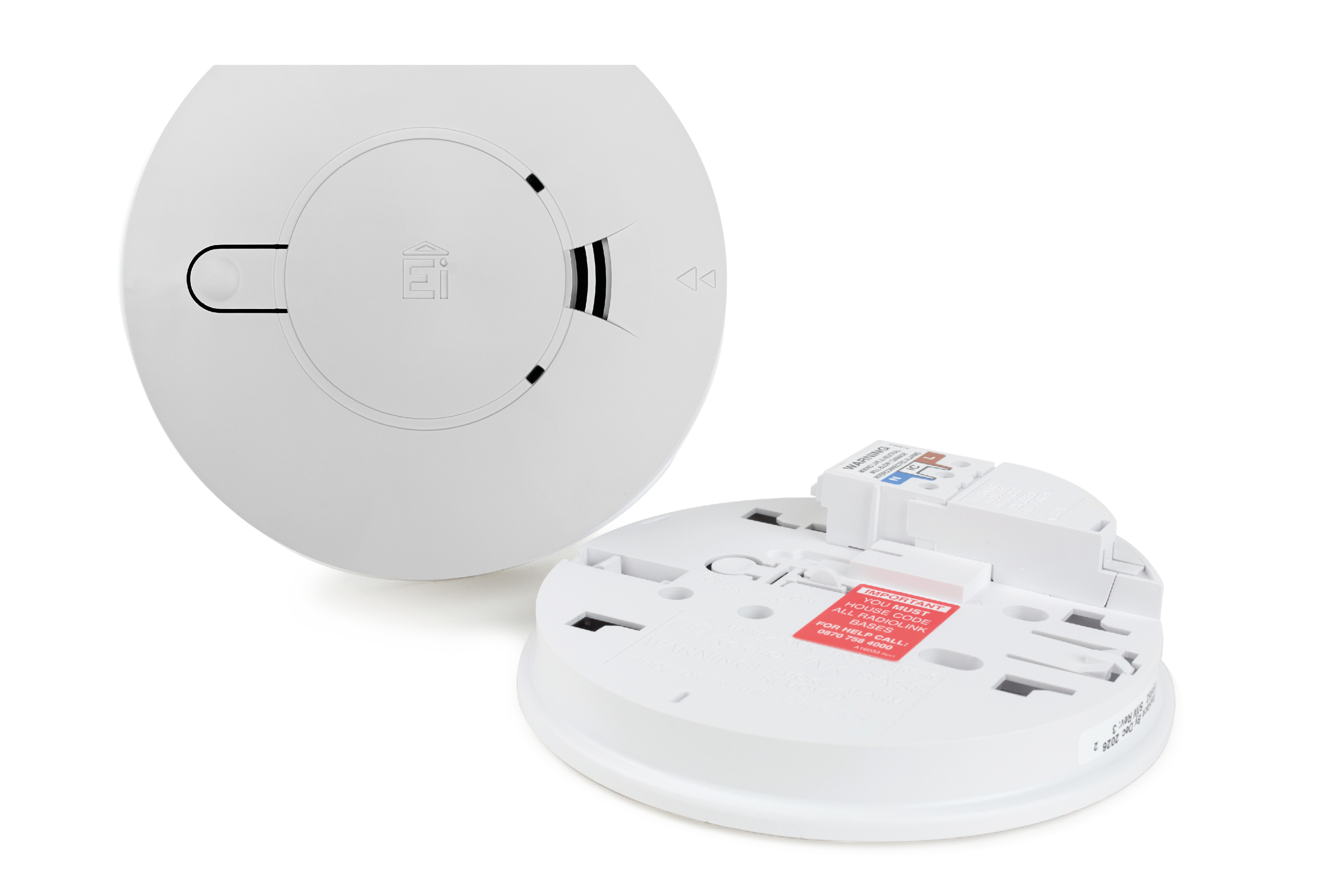
Why should I choose wireless interconnection?
- Eliminates tricky wiring runs
- Saves time at installation
- Reduces mess and disruption during installation
- Saves money
- Makes it easier to add in new alarms and accessories
Mains powered alarms will still need to be wired to the mains electricity but this can be from the nearest ceiling light, keeping disruption to a minimum.
